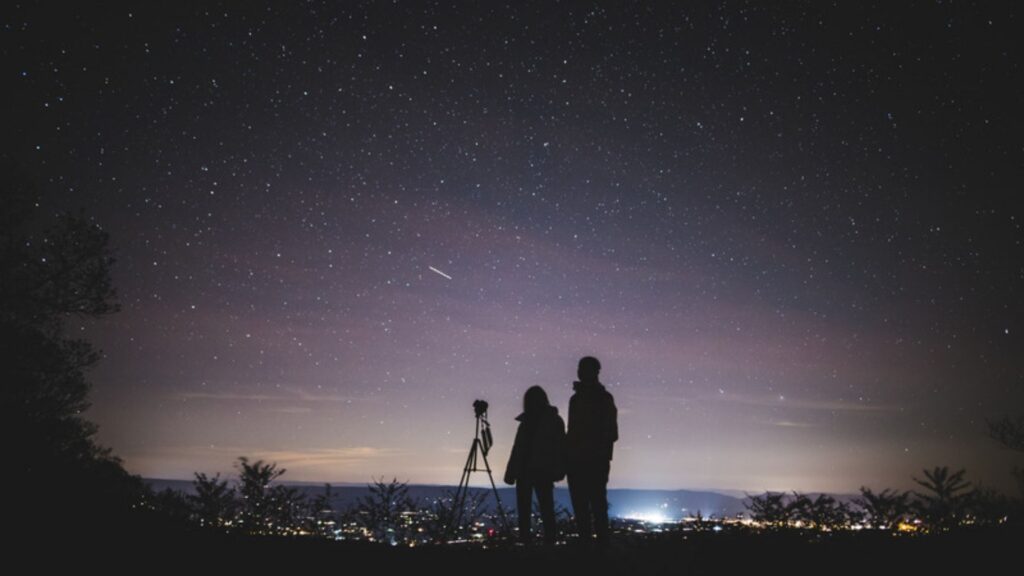How To Foster Children’s Interest In Science With The Webb Telescope
Educators can use NASA's James Webb telescope to foster an understanding and interest for science in young learners.

If the pandemic taught us anything, it’s that there is now a plethora of educational materials readily available at the touch of the fingertips thanks to the world wide web. For subjects like science, hands-on, visual learning can make a huge difference when instructing students on the physical and natural world of this core subject. For astronomy, the Webb telescope can be a phenomenal resource to foster children’s interests in science, here’s how.
For people of all ages, the infinite and mysterious universe is so intriguing, that the unknown has long fostered curiosity, which oftentimes leads to careers for young minds in the field of study. But this appeal usually doesn’t come from words in a textbook, but instead from a view from above, which the Webb Telescope now is offering everyone a chance to witness. While this material can be daunting even for the most seasoned scientists studying galaxies far, far away, it doesn’t have to be so confusing for little ones just discovering the plethora of mysteries scientists are hopeful the telescope will shed light on.

Part of decade-long endeavors from NASA scientists surveilling the night skies, the James Webb telescope officially launched just two years ago in 2021. Today, it is the most expansive and powerful tool of its kind. By using infrared radiation, the telescope can view the universe in a way the naked eye could never see. Now, it’s being used to view far-off stars, planets, and galaxies. Additionally, it gives a pristine view of planets in our solar system, and it is even used to hunt for like on other planets.
Studying the purpose and use of the Webb telescope alone can create love and curiosity for science, but resources and tools made available by NASA immerse young minds in the inner workings of the telescope. Within the space administration’s educational resource site for elementary-aged children, a dedicated portion of the material focuses on the Webb telescope. Inspiring children to learn more about space, comprehendible videos, and easily recognized pictures give students a concept of what the large telescope looks like, and how exactly it works. There even is a link to useful lesson plans for educators.
The Webb telescope just released its first captured photograph a few weeks ago. It’s a strikingly clear image of a cluster of galaxies millions of years ago, known as SMACS 0723, from the farthest away known space NASA has ever discovered and now imaged. What’s more, NASA has dedicated an entire website that tracks the location of the telescope at all times. Using this, EdWeek reported about a teacher that is using this opportunity to teach his 9th-grade students astronomy. He uses the data sets the scientists are documenting to create activities that allow his students to pinpoint potential areas for discoverable planets.
While students of all ages report that they are interested in the broad topics of science, the majority consensus is that science classes are dull and boring. Because of this, educators perpetually look for new outlets to engage students in all that the field has to offer. By turning to the Webb Telescope, and all NASA has – and will soon be able to offer with the technology, is a hopeful way to bring more interest to the subject.



